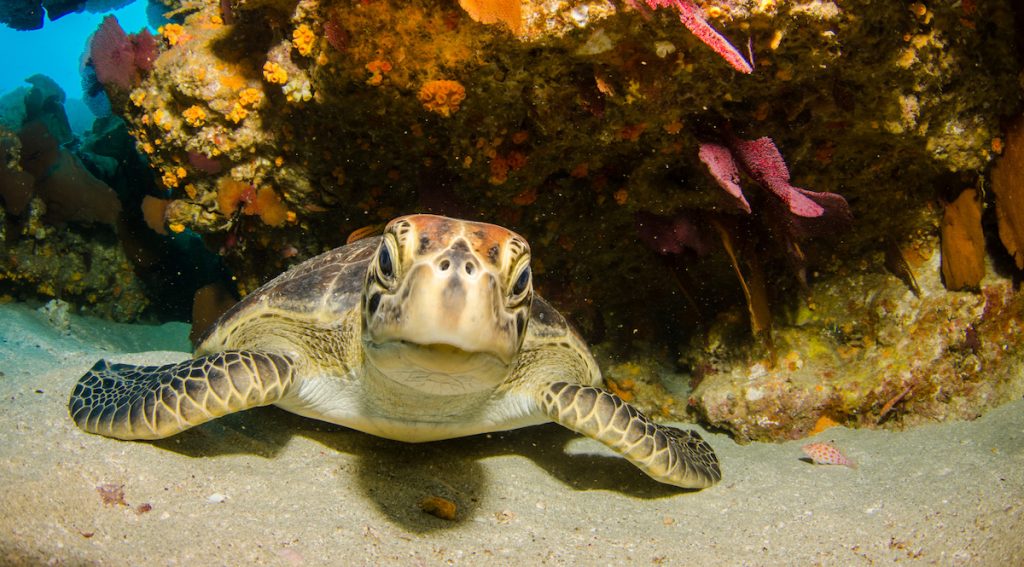Gregory Andrews is Australia’s Threatened Species Commissioner. His job is to raise awareness of and support Australia’s fight against extinction, and leads implementation of Australia’s first Threatened Species Strategy. In this podcast with David Pembroke, Gregory explains how content communication using social media is getting results.
They discussed:
- the role of the Threatened Species Commissioner
- keeping ahead of the Kardashians
- using the right language and emotion in communications
- the danger of making assumptions about your audience
- influencing people’s behaviour – inviting, not telling
- the importance of personal interactions
- the power of social media
- overcoming risk aversion in government
- participating in awkward online conversations
- encouraging business to cooperate with government
Listen to the podcast:
Selected links:
Gregory Andrews on the power of social media:
“The beauty of social media is that it’s instant, and it’s unfiltered. I find that I often use social media as a hook to both engineer and influence policy outcomes, but also to secure more funding, as well as raising broader awareness. Just as an example, mining covers 0.021% of Australia, but feral cats roam across 99.8% of Australia. Before I was appointed as the Commissioner, if I’d been asked, “Which do you think is the bigger threat; feral cats or mines?” I probably would have thought it was mines.
Actually, mining covers such a tiny part of Australia. Mines, according to our environmental laws, are required to avoid, reduce, and offset their negative impacts on our threatened species, but feral cats aren’t.
I’ve been able to raise awareness on feral cats, but also promote and thank BHP, which is investing for example, 5.45 million dollars unconditionally, not as an offset for any mining, but nearly 5.5 million dollars to save green sea turtles on the Great Barrier Reef.
One of the things that I’m using social media for is to validate companies like BHP and Google, that are actually already investing in threatened species conservation. Then challenging, gently, and inviting companies like Qantas, and Woolworths, and other companies where there might be great business synergy for them to get involved in Australia’s fight against extinction, to join and play their part as well.”
